22- 26 August 2022
Artemis-1 is a curtain-raiser in a rapidly changing space industry
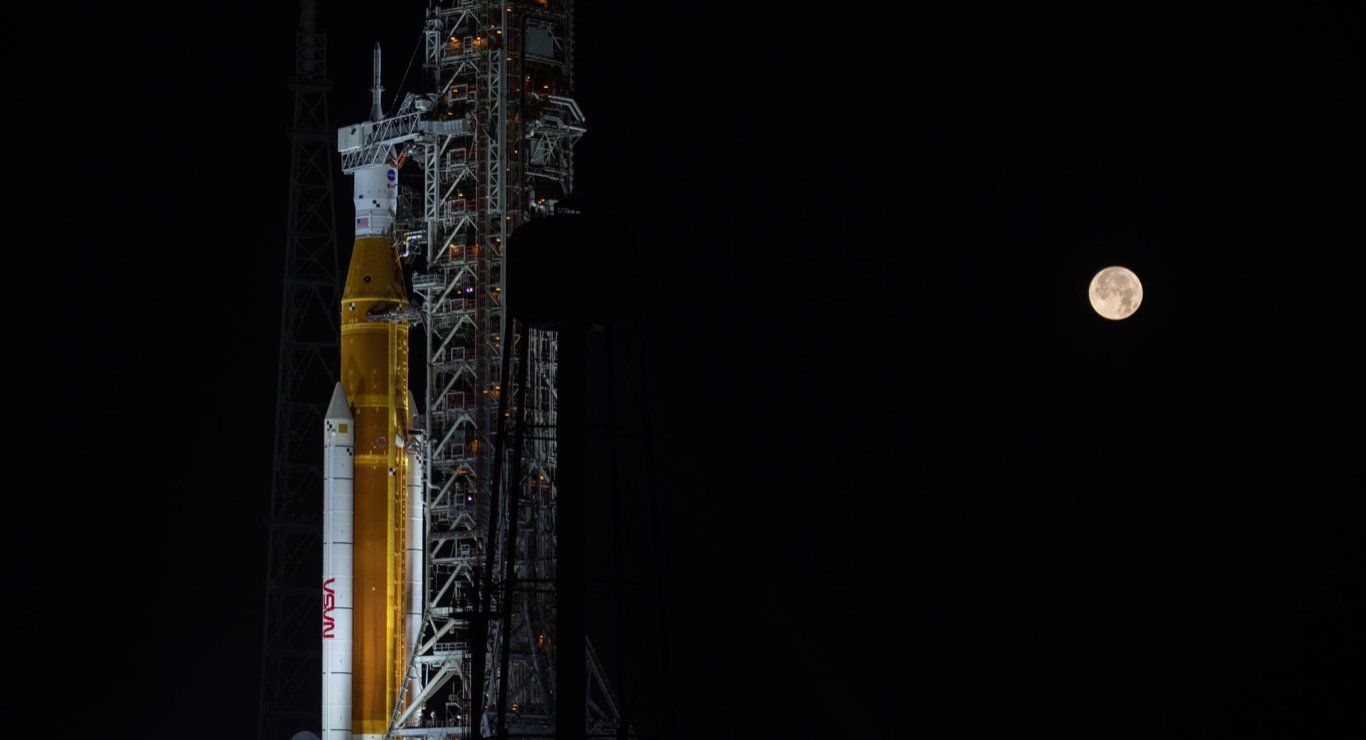
Artemis is "go" for August 29th Launch (Image: NASA/Ben Smegelsky)
NASA this week concluded that Artemis-1 is “go” for launch on 29th August. This is undoubtedly a major milestone in humankind’s long-term future in space. The Artemis missions set out the future for returning humans to the moon, permanent lunar habitation, resource extraction and deep space exploration.
Whilst Monday’s launch (should it not be delayed) will mark an historic moment in space exploration, it could also be symbolic of how space exploration is rapidly changing. In the same week as NASA’s announcement, newer space nations have declared their long-term ambitions, whilst the private sector continues to take a bigger share of the industry.
The launch of the SLS rocket also comes at a time when the world is still severely lacking internationally recognised rules and norms in space, from deescalating military tension in Earth orbit, to establishing rules which safely and fairly govern lunar mining. There are lots of reasons to celebrate the Artemis-1 launch, but we must also be aware that there is still a lot of work to do in order to build a future framework that allows space to be a success for all humankind.
US still leading the way, but China not far behind
As well as confirming the first launch of the Artemis missions, NASA has identified 13 regions in the lunar south pole for potential landing sites for the first human landing missions. The sites have been chosen for their proximity to valuable resources, such as ice, necessary to support life and ongoing habitation. The sites will also allow astronauts to explore permanently shaded areas in order to collect samples and perform experiments.
Similarly, the ESA and NASA have this week presented a new map highlighting areas of hydrated minerals on Mars. These “aqueous minerals” are rocks that have been chemically altered by contact with water in the past. The new findings have discovered vastly increased number of these outcrops than previously thought. As well as being able understand the history of Mars better, the known location of water minerals gives scientists a better idea about future landing sites, and locations for extracting water for in-situ utilisation.
It’s clear that the US and its allies continue to break new ground, but they are also increasingly concerned about being overtaken by China. A report “State of the Space Industrial Base” (2022 edition), written by military and civilian officials, has outlined how China could surpass the US, and that a new strategy should allow government investment in space infrastructure in order to stimulate private investment. Similarly, the US Bureau of Industry and Security has banned tech exports to an additional 7 Chinese entities, fearing China will use American technology to advance its military. There is of course still the 2011 US “Wolf Amendment” in place, prohibiting NASA to use government funds in order to cooperate with the Chinese in space. The two superpowers seem to to growing ever further apart.
China have recently announced plans for landing humans on the moon by 2030, according to the China Aerospace Science and Technology Corporation, and are also working on reusable launch and transport vehicles, widely seen as the future technology of cost-effective and accessible space transport. Furthermore, China are taking further steps to enter the space tourism market, with two companies, CAS Space and Space Transportation, looking to develop a Blue Origin style reentry vehicle and a hypersonic winged-vehicle, respectively.
To top that off, China have broken a new record by launching their 103rd consecutive successful launch of their Long March rocket series last weekend. Perhaps symbolic of the new status quo in space.
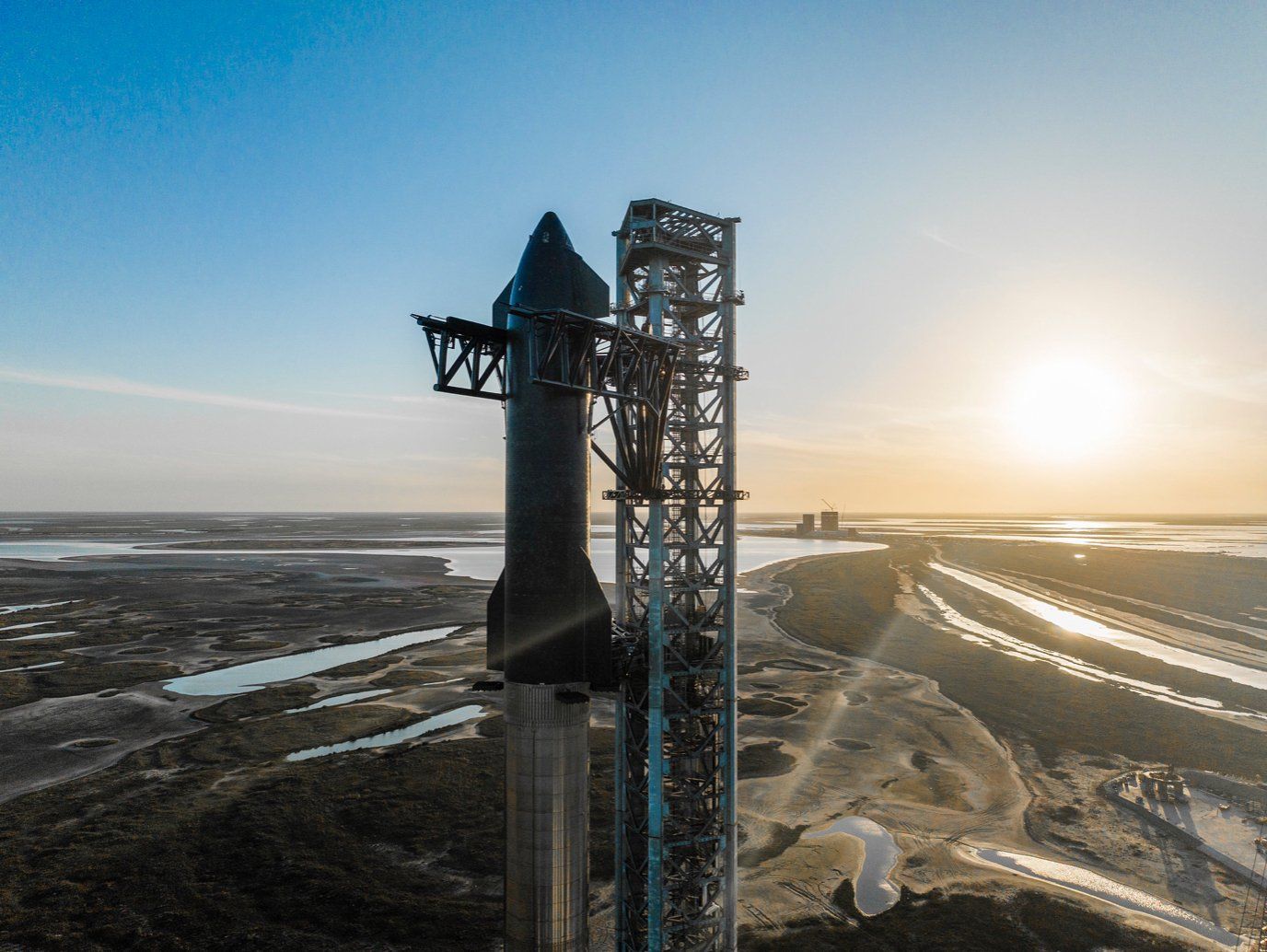
Starship could be an alternative for future Artemis missions (Image: SpaceX/Flickr)
Artemis launches could be the last of its kind
A successful launch of the SLS rocket will be a remarkable achievement, and a turning point for NASA and the space sector. The recently introduced US CHIPS act also commits to the long-term vision of the Artemis missions, to the moon and Mars. However, could this mark the end of these types of iconic NASA mission, in light of the growth of more cost-effective alternatives in the private sector?
Regarding NASA’s SLS rocket, Richard Waters, west coast editor for the Financial Times, wrote this week that “Lacking the reusability that has brought down launch costs at Jeff Bezos’s Blue Origin and Elon Musk’s SpaceX, the rockets are expected to take longer to build and cost more than the heavy-launch systems still under development at commercial rivals” (FT, 24 August, 2022). Will NASA eventually opt for a more cost-effective alternative?
SpaceX are already seeing a growing list of clients sign-up for future Starship launches. NASA are amongst the list of customers, asking SpaceX to develop the human landing system for Artemis-3. Blue Origin and Sierra Space are set to become key players, having passed a NASA review stage in order to take the design of their Orbital Reef commercial station to the next design stage. Axiom Space are also still working on their commercial station plans, aiming to build their modules attached to the ISS, and then eventually detach as its own station.
Blue Origin and NASA have also been working together in order to investigate how to mitigate lunar dust, a potentially huge problem when exploring the lunar surface, and will also launch a number of NASA funded payloads on an unmanned New Shepherd launch this month. We of course also await more details on Blue Origin’s heavy lift, reusable, New Glenn rocket.
Another leading US company, Astrobotic, have won NASA funding to transport its CubeRover to the moon, in order to test its resilience during lunar nighttime. Furthermore, they are still on course for the first launch of their Peregrine lunar lander later this year. Amongst the payloads, Peregrine will carry Mexico’s Colmena rovers, five tiny robots designed to explore the lunar surface. Mexico’s National Autonomous University eventually sees the robots exploring in large swarms, and hope that it marks Mexico’s entry into the lucrative new space sector before, as Gustavo Medina Tanco, head of the laboratory at Mexico’s National Autonomous University says, industry giants “close the door behind them”.
Launch provider Firefly are also on course for a second launch attempt of their Alpha rocket in September, hoping to improve on their failed attempt last year. A successful launch could provide yet more competition to an increasingly competitive market.
With new leadership and innovation coming from all areas of the private sector, will costly missions such as Artemis become a thing of the past?
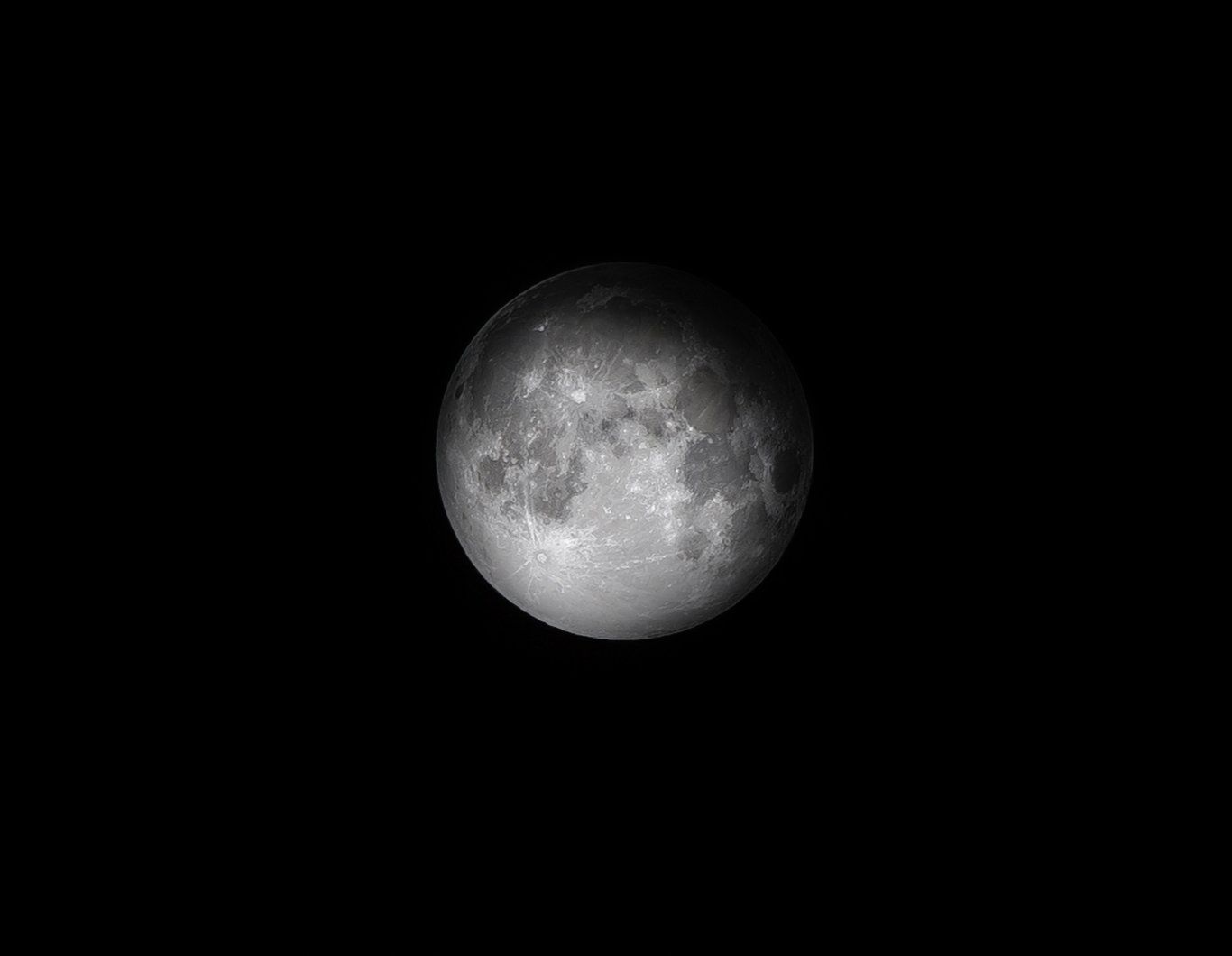
How will lunar mining be governed in future? (Image: Pexels)
As Artemis heads off, the rules are still not set
Much is to be celebrated about this ongoing success in our quest in new space, but the success is that of technological innovation. Comprehensive, internationally agreed rules governing activities in outer space are yet to be established. Furthermore, the deepening divide and scepticism between the US, China and Russia mean that any form of universal cooperation in space is not going to be easy to achieve, yet it is perhaps the most important thing in maintaining peace.
The McGill Manual on International Law Applicable to Military Uses of Outer Space was recently published, and attempts to create guidance on existing international law through the publication of their 52 rules. Whilst the manual may serve is an important tool for nations and industries to navigate their way through complex legal matters, they are still based upon existing international law, which could be argued as not being sufficient enough to govern activities such as resource extraction. The Artemis Accords does allow for “exclusion zones” to allow for safe activities on the Moon, but Michelle Hanlon, Professor of Air and Space Law, University of Mississippi, writes that “The very concept of these zones violates the plain meaning and intent of Article II of the Outer Space Treaty.” (The Conversation, 23 August 2022)
Also, major space nations, such as China and Russia, are not signature to the Artemis Accords, and there’s concern about what an “exclusion zone” may entail. Are these zones designed to enforce safety and protect historical sites, or are they designed to encircle areas for resource extraction? The adversaries of the US could be concerned by the latter. Also, does international law (namely the OST 1967) allow for appropriation of resources by nations, or just prohibit appropriation of territory? It’s evident that international law must be updated.
Hanlon does also highlight a possible solution, coming as an outcome of the recent meeting of the UN Committee on Peaceful Uses of Outer Space. In June the UN formed the Working Group on Legal Aspects of Space Resource Activities, with at least Luxembourg expressing an “…interest in promoting safety zones”. The task of finding common ground in relation to safety zones and resource extraction will not be easy, but is perhaps the most important we have to address.
The Artemis launch will prove to be a curtain raiser in the history of space exploration, but it’s perhaps also symbolic of the changing face of the space industry; new and bigger goals, new leaders and increasing competition. Hopefully it will also mark the time in our history when we established new ways of managing our future, in order for it to be a success for all humankind. Only with such agreements in place, a peaceful future in space can be guaranteed.
External Links
This Week
*News articles posted here are not property of ANASDA GmbH and belong to their respected owners. Postings here are external links only.
Our future in space
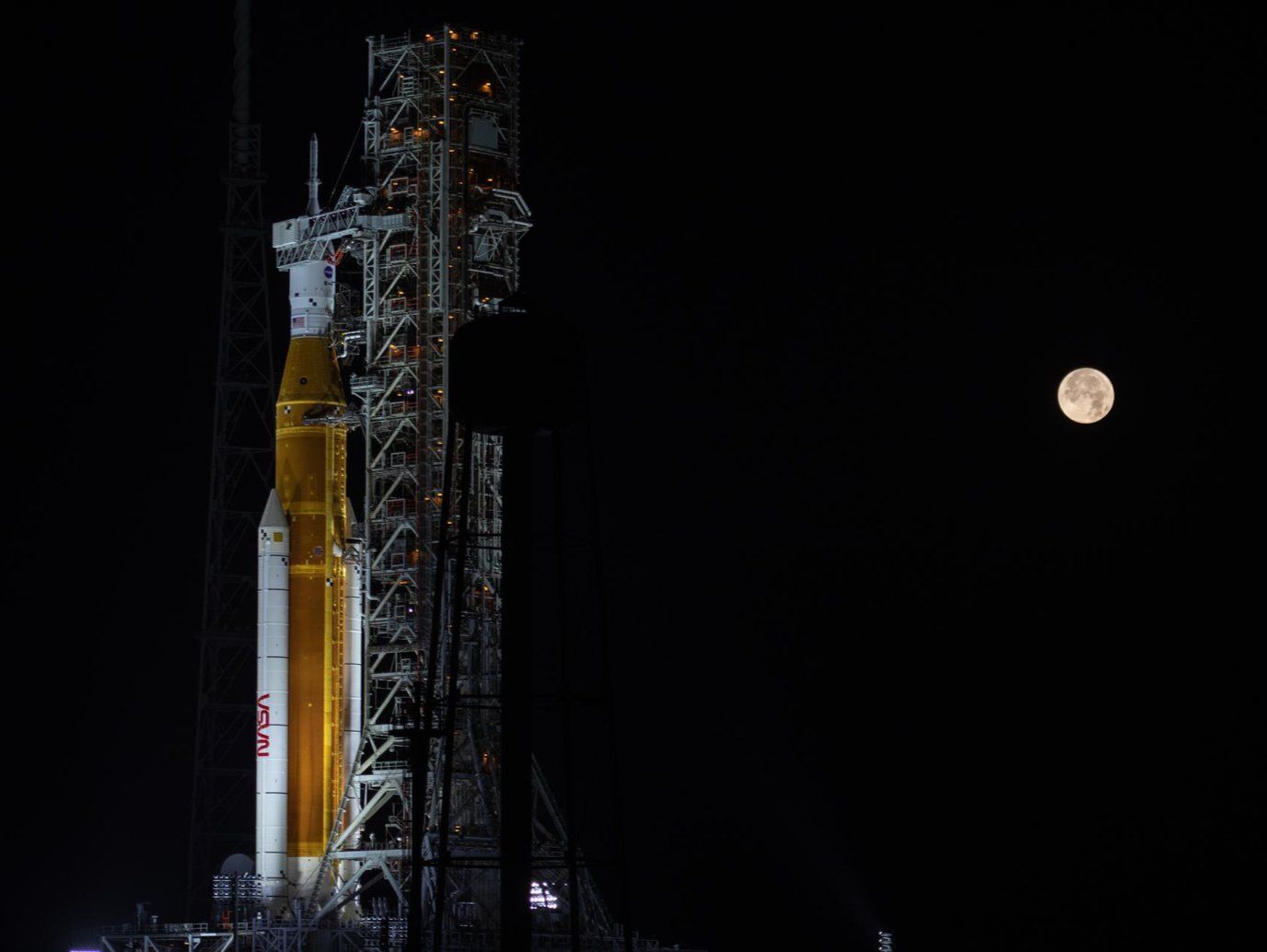
Artemis is "go" for August 29th Launch (Image: NASA/Ben Smegelsky)
22 - 26 August, 2022
Artemis-1 is a curtain-raiser in a rapidly changing space industry
NASA this week concluded that Artemis-1 is “go” for launch on 29th August. This is undoubtedly a major milestone in humankind’s long-term future in space. The Artemis missions set out the future for returning humans to the moon, permanent lunar habitation, resource extraction and deep space exploration.
Whilst Monday’s launch (should it not be delayed) will mark an historic moment in space exploration, it could also be symbolic of how space exploration is rapidly changing. In the same week as NASA’s announcement, newer space nations have declared their long-term ambitions, whilst the private sector continues to take a bigger share of the industry.
The launch of the SLS rocket also comes at a time when the world is still severely lacking internationally recognised rules and norms in space, from deescalating military tension in Earth orbit, to establishing rules which safely and fairly govern lunar mining. There are lots of reasons to celebrate the Artemis-1 launch, but we must also be aware that there is still a lot of work to do in order to build a future framework that allows space to be a success for all humankind.
US still leading the way, but China not far behind
As well as confirming the first launch of the Artemis missions, NASA has identified 13 regions in the lunar south pole for potential landing sites for the first human landing missions. The sites have been chosen for their proximity to valuable resources, such as ice, necessary to support life and ongoing habitation. The sites will also allow astronauts to explore permanently shaded areas in order to collect samples and perform experiments.
Similarly, the ESA and NASA have this week presented a new map highlighting areas of hydrated minerals on Mars. These “aqueous minerals” are rocks that have been chemically altered by contact with water in the past. The new findings have discovered vastly increased number of these outcrops than previously thought. As well as being able understand the history of Mars better, the known location of water minerals gives scientists a better idea about future landing sites, and locations for extracting water for in-situ utilisation.
It’s clear that the US and its allies continue to break new ground, but they are also increasingly concerned about being overtaken by China. A report “State of the Space Industrial Base” (2022 edition), written by military and civilian officials, has outlined how China could surpass the US, and that a new strategy should allow government investment in space infrastructure in order to stimulate private investment. Similarly, the US Bureau of Industry and Security has banned tech exports to an additional 7 Chinese entities, fearing China will use American technology to advance its military. There is of course still the 2011 US “Wolf Amendment” in place, prohibiting NASA to use government funds in order to cooperate with the Chinese in space. The two superpowers seem to to growing ever further apart.
China have recently announced plans for landing humans on the moon by 2030, according to the China Aerospace Science and Technology Corporation, and are also working on reusable launch and transport vehicles, widely seen as the future technology of cost-effective and accessible space transport. Furthermore, China are taking further steps to enter the space tourism market, with two companies, CAS Space and Space Transportation, looking to develop a Blue Origin style reentry vehicle and a hypersonic winged-vehicle, respectively.
To top that off, China have broken a new record by launching their 103rd consecutive successful launch of their Long March rocket series last weekend. Perhaps symbolic of the new status quo in space.
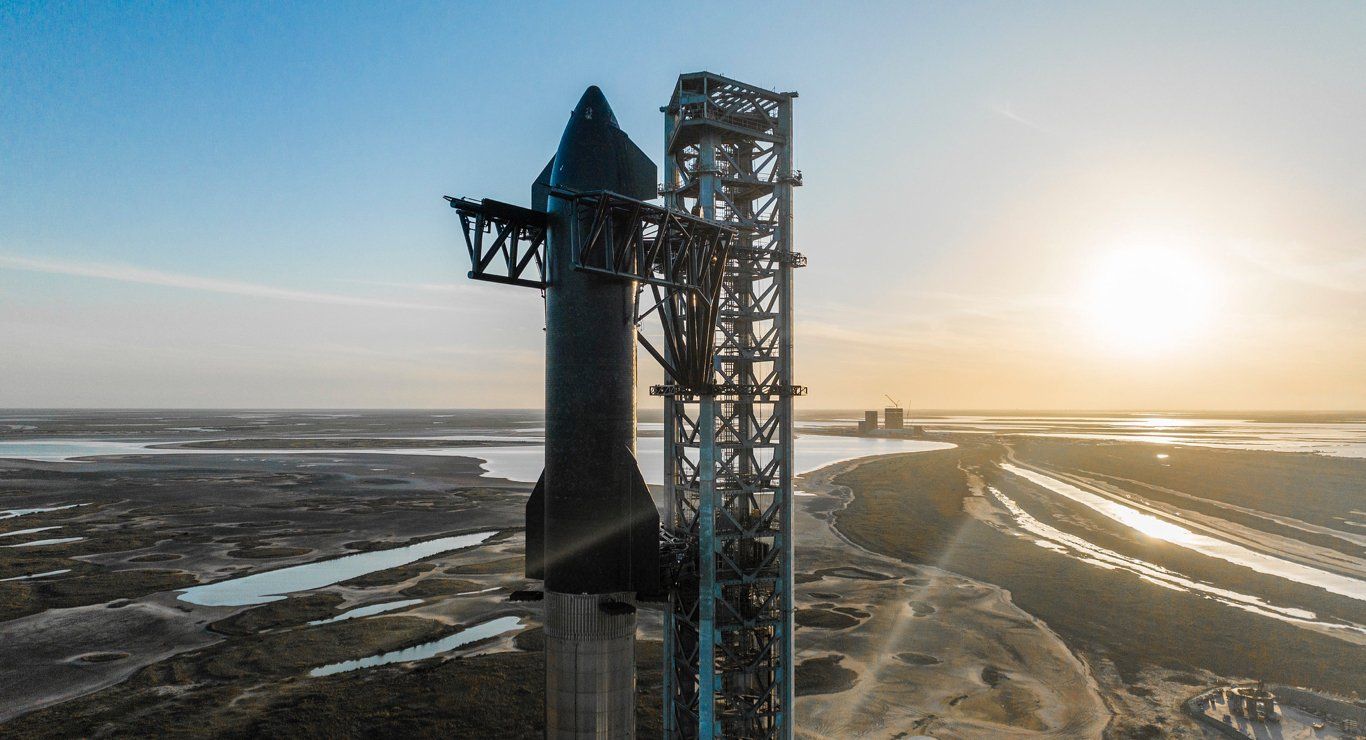
Starship could be an alternative for future Artemis missions (Image: SpaceX/Flickr)
Artemis launches could be the last of its kind
A successful launch of the SLS rocket will be a remarkable achievement, and a turning point for NASA and the space sector. The recently introduced US CHIPS act also commits to the long-term vision of the Artemis missions, to the moon and Mars. However, could this mark the end of these types of iconic NASA mission, in light of the growth of more cost-effective alternatives in the private sector?
Regarding NASA’s SLS rocket, Richard Waters, west coast editor for the Financial Times, wrote this week that “Lacking the reusability that has brought down launch costs at Jeff Bezos’s Blue Origin and Elon Musk’s SpaceX, the rockets are expected to take longer to build and cost more than the heavy-launch systems still under development at commercial rivals” (FT, 24 August, 2022). Will NASA eventually opt for a more cost-effective alternative?
SpaceX are already seeing a growing list of clients sign-up for future Starship launches. NASA are amongst the list of customers, asking SpaceX to develop the human landing system for Artemis-3. Blue Origin and Sierra Space are set to become key players, having passed a NASA review stage in order to take the design of their Orbital Reef commercial station to the next design stage. Axiom Space are also still working on their commercial station plans, aiming to build their modules attached to the ISS, and then eventually detach as its own station.
Blue Origin and NASA have also been working together in order to investigate how to mitigate lunar dust, a potentially huge problem when exploring the lunar surface, and will also launch a number of NASA funded payloads on an unmanned New Shepherd launch this month. We of course also await more details on Blue Origin’s heavy lift, reusable, New Glenn rocket.
Another leading US company, Astrobotic, have won NASA funding to transport its CubeRover to the moon, in order to test its resilience during lunar nighttime. Furthermore, they are still on course for the first launch of their Peregrine lunar lander later this year. Amongst the payloads, Peregrine will carry Mexico’s Colmena rovers, five tiny robots designed to explore the lunar surface. Mexico’s National Autonomous University eventually sees the robots exploring in large swarms, and hope that it marks Mexico’s entry into the lucrative new space sector before, as Gustavo Medina Tanco, head of the laboratory at Mexico’s National Autonomous University says, industry giants “close the door behind them”.
Launch provider Firefly are also on course for a second launch attempt of their Alpha rocket in September, hoping to improve on their failed attempt last year. A successful launch could provide yet more competition to an increasingly competitive market.
With new leadership and innovation coming from all areas of the private sector, will costly missions such as Artemis become a thing of the past?
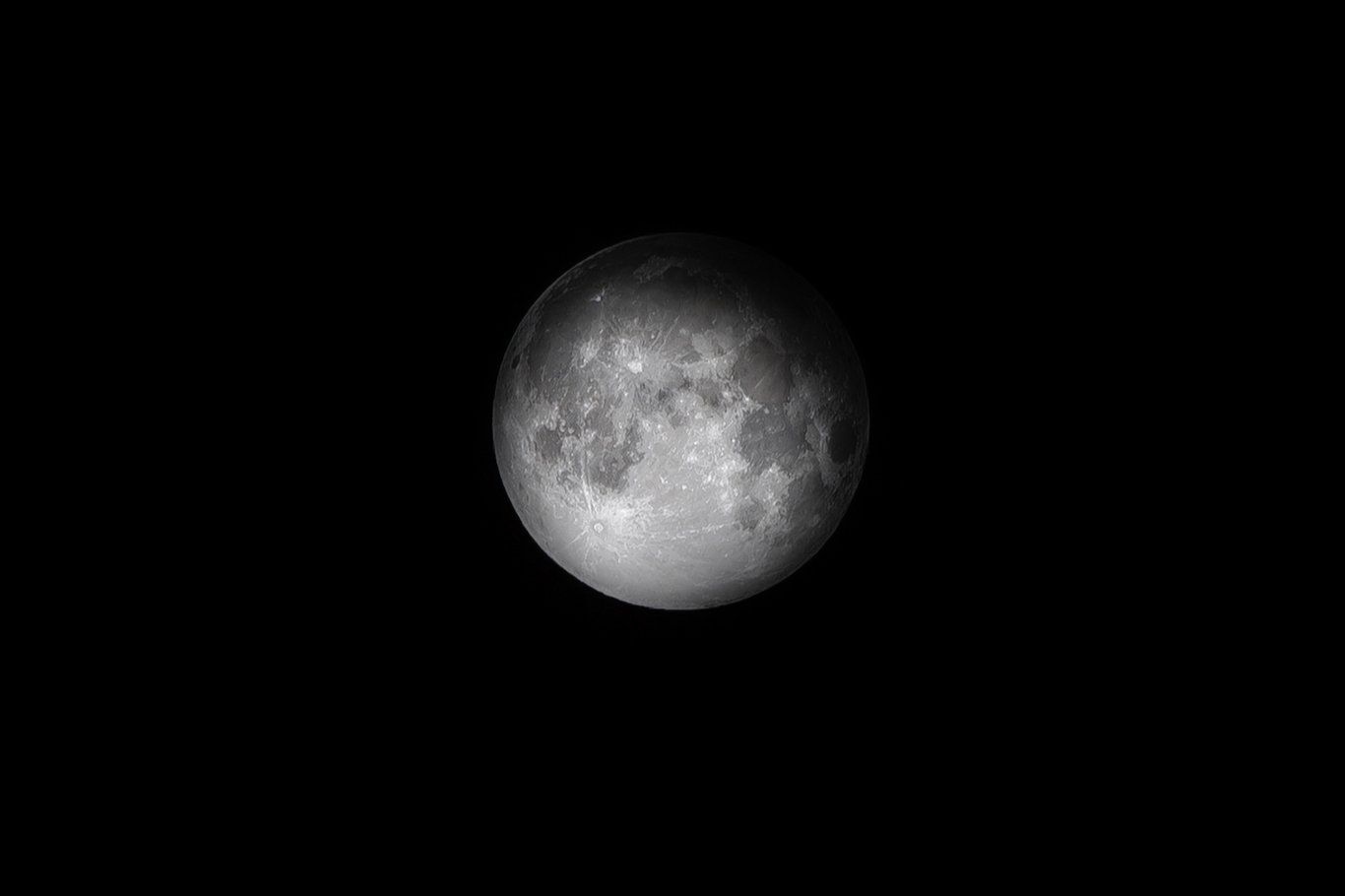
How will lunar mining be governed in future? (Image: Pexels)
As Artemis heads off, the rules are still not set
Much is to be celebrated about this ongoing success in our quest in new space, but the success is that of technological innovation. Comprehensive, internationally agreed rules governing activities in outer space are yet to be established. Furthermore, the deepening divide and scepticism between the US, China and Russia mean that any form of universal cooperation in space is not going to be easy to achieve, yet it is perhaps the most important thing in maintaining peace.
The McGill Manual on International Law Applicable to Military Uses of Outer Space was recently published, and attempts to create guidance on existing international law through the publication of their 52 rules. Whilst the manual may serve is an important tool for nations and industries to navigate their way through complex legal matters, they are still based upon existing international law, which could be argued as not being sufficient enough to govern activities such as resource extraction. The Artemis Accords does allow for “exclusion zones” to allow for safe activities on the Moon, but Michelle Hanlon, Professor of Air and Space Law, University of Mississippi, writes that “The very concept of these zones violates the plain meaning and intent of Article II of the Outer Space Treaty.” (The Conversation, 23 August 2022)
Also, major space nations, such as China and Russia, are not signature to the Artemis Accords, and there’s concern about what an “exclusion zone” may entail. Are these zones designed to enforce safety and protect historical sites, or are they designed to encircle areas for resource extraction? The adversaries of the US could be concerned by the latter. Also, does international law (namely the OST 1967) allow for appropriation of resources by nations, or just prohibit appropriation of territory? It’s evident that international law must be updated.
Hanlon does also highlight a possible solution, coming as an outcome of the recent meeting of the UN Committee on Peaceful Uses of Outer Space. In June the UN formed the Working Group on Legal Aspects of Space Resource Activities, with at least Luxembourg expressing an “…interest in promoting safety zones”. The task of finding common ground in relation to safety zones and resource extraction will not be easy, but is perhaps the most important we have to address.
The Artemis launch will prove to be a curtain raiser in the history of space exploration, but it’s perhaps also symbolic of the changing face of the space industry; new and bigger goals, new leaders and increasing competition. Hopefully it will also mark the time in our history when we established new ways of managing our future, in order for it to be a success for all humankind. Only with such agreements in place, a peaceful future in space can be guaranteed.
Share this article
External Links
This Week
*News articles posted here are not property of ANASDA GmbH and belong to their respected owners. Postings here are external links only.
22 - 26 August 2022
Artemis-1 is a curtain-raiser in a rapidly changing space industry
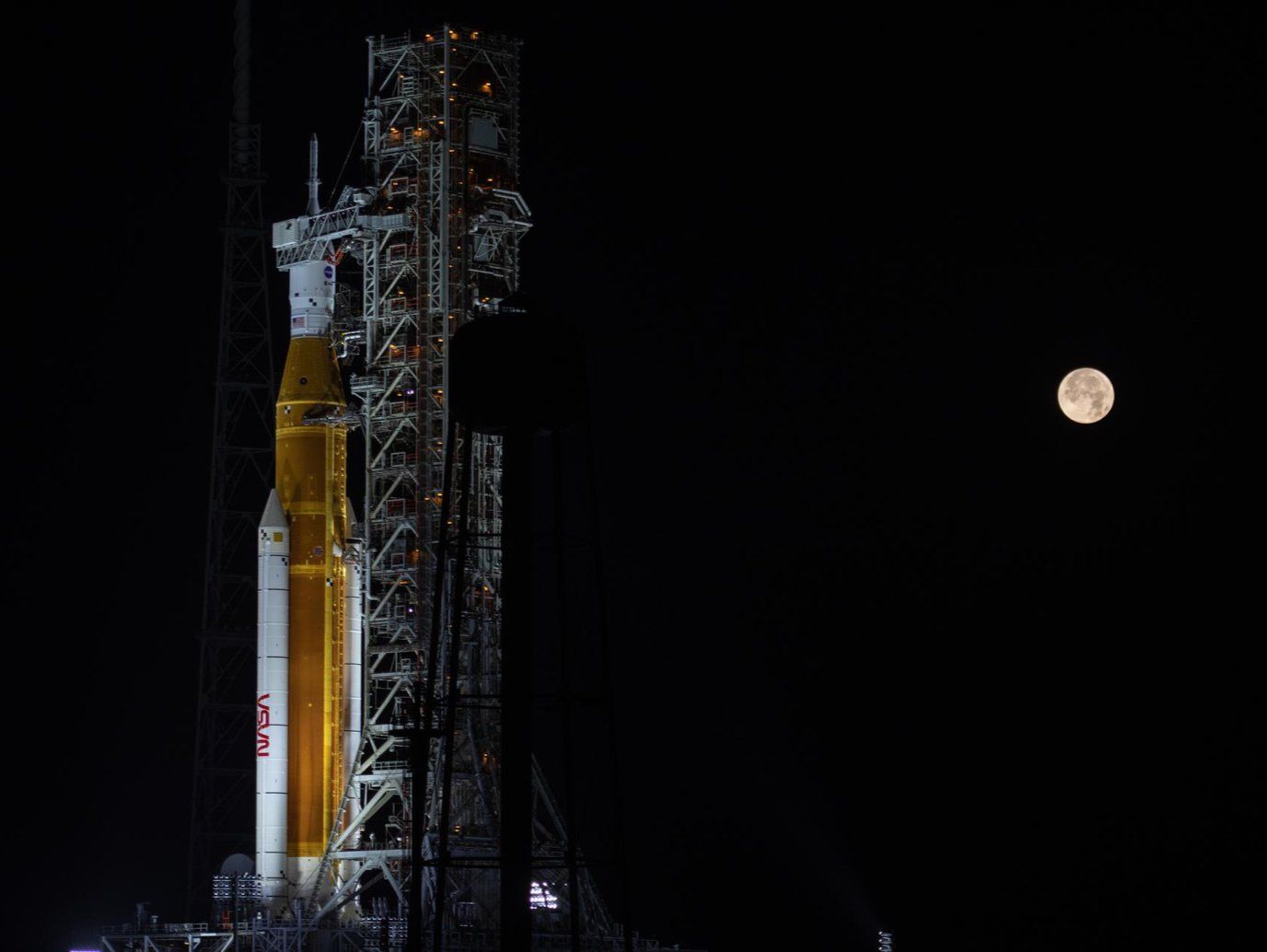
Artemis is "go" for August 29th Launch (Image: NASA/Ben Smegelsky)
NASA this week concluded that Artemis-1 is “go” for launch on 29th August. This is undoubtedly a major milestone in humankind’s long-term future in space. The Artemis missions set out the future for returning humans to the moon, permanent lunar habitation, resource extraction and deep space exploration.
Whilst Monday’s launch (should it not be delayed) will mark an historic moment in space exploration, it could also be symbolic of how space exploration is rapidly changing. In the same week as NASA’s announcement, newer space nations have declared their long-term ambitions, whilst the private sector continues to take a bigger share of the industry.
The launch of the SLS rocket also comes at a time when the world is still severely lacking internationally recognised rules and norms in space, from deescalating military tension in Earth orbit, to establishing rules which safely and fairly govern lunar mining. There are lots of reasons to celebrate the Artemis-1 launch, but we must also be aware that there is still a lot of work to do in order to build a future framework that allows space to be a success for all humankind.
US still leading the way, but China not far behind
As well as confirming the first launch of the Artemis missions, NASA has identified 13 regions in the lunar south pole for potential landing sites for the first human landing missions. The sites have been chosen for their proximity to valuable resources, such as ice, necessary to support life and ongoing habitation. The sites will also allow astronauts to explore permanently shaded areas in order to collect samples and perform experiments.
Similarly, the ESA and NASA have this week presented a new map highlighting areas of hydrated minerals on Mars. These “aqueous minerals” are rocks that have been chemically altered by contact with water in the past. The new findings have discovered vastly increased number of these outcrops than previously thought. As well as being able understand the history of Mars better, the known location of water minerals gives scientists a better idea about future landing sites, and locations for extracting water for in-situ utilisation.
It’s clear that the US and its allies continue to break new ground, but they are also increasingly concerned about being overtaken by China. A report “State of the Space Industrial Base” (2022 edition), written by military and civilian officials, has outlined how China could surpass the US, and that a new strategy should allow government investment in space infrastructure in order to stimulate private investment. Similarly, the US Bureau of Industry and Security has banned tech exports to an additional 7 Chinese entities, fearing China will use American technology to advance its military. There is of course still the 2011 US “Wolf Amendment” in place, prohibiting NASA to use government funds in order to cooperate with the Chinese in space. The two superpowers seem to to growing ever further apart.
China have recently announced plans for landing humans on the moon by 2030, according to the China Aerospace Science and Technology Corporation, and are also working on reusable launch and transport vehicles, widely seen as the future technology of cost-effective and accessible space transport. Furthermore, China are taking further steps to enter the space tourism market, with two companies, CAS Space and Space Transportation, looking to develop a Blue Origin style reentry vehicle and a hypersonic winged-vehicle, respectively.
To top that off, China have broken a new record by launching their 103rd consecutive successful launch of their Long March rocket series last weekend. Perhaps symbolic of the new status quo in space.
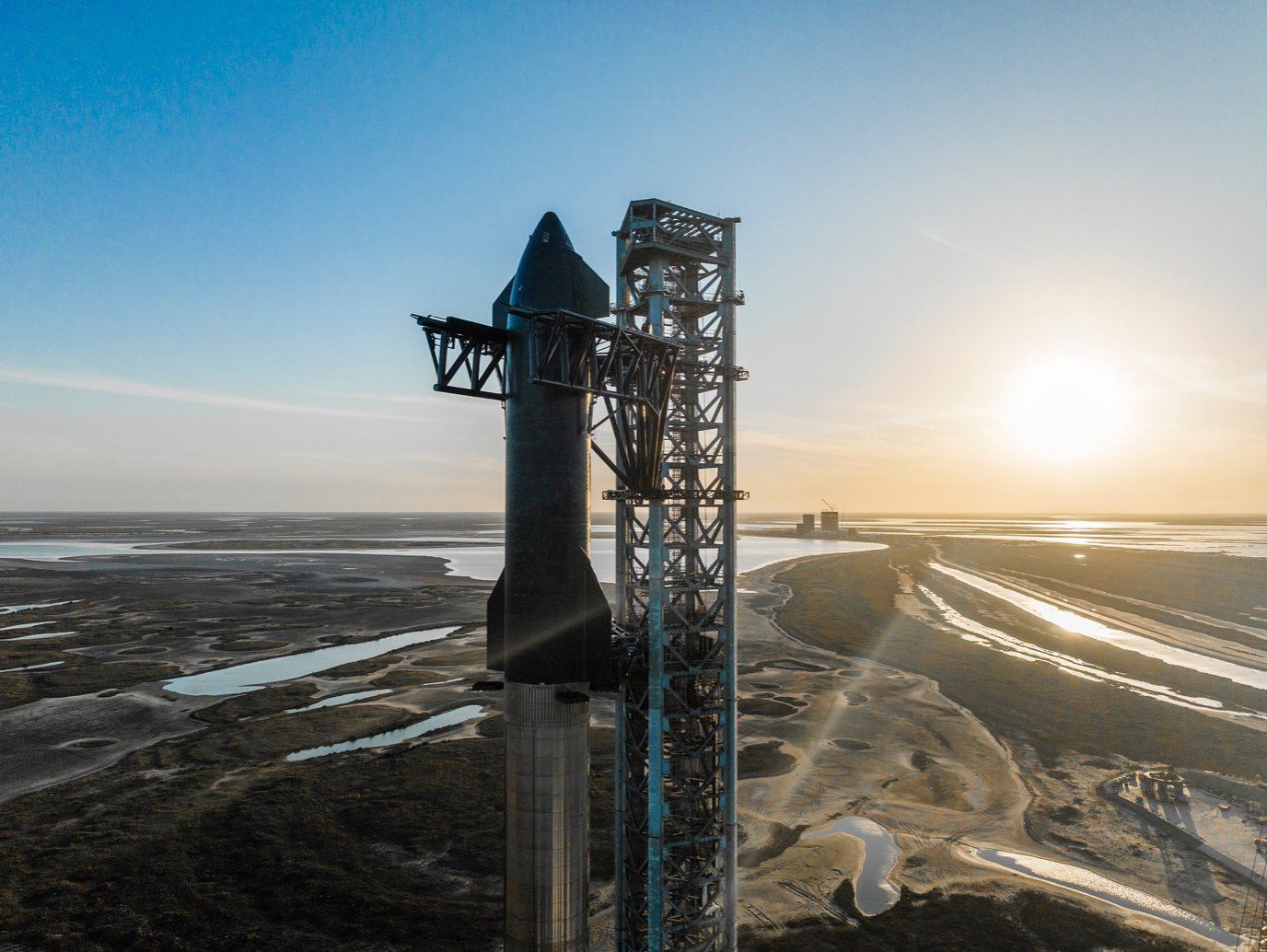
Starship could be an alternative for future Artemis missions (Image: SpaceX/Flickr)
Artemis launches could be the last of its kind
A successful launch of the SLS rocket will be a remarkable achievement, and a turning point for NASA and the space sector. The recently introduced US CHIPS act also commits to the long-term vision of the Artemis missions, to the moon and Mars. However, could this mark the end of these types of iconic NASA mission, in light of the growth of more cost-effective alternatives in the private sector?
Regarding NASA’s SLS rocket, Richard Waters, west coast editor for the Financial Times, wrote this week that “Lacking the reusability that has brought down launch costs at Jeff Bezos’s Blue Origin and Elon Musk’s SpaceX, the rockets are expected to take longer to build and cost more than the heavy-launch systems still under development at commercial rivals” (FT, 24 August, 2022). Will NASA eventually opt for a more cost-effective alternative?
SpaceX are already seeing a growing list of clients sign-up for future Starship launches. NASA are amongst the list of customers, asking SpaceX to develop the human landing system for Artemis-3. Blue Origin and Sierra Space are set to become key players, having passed a NASA review stage in order to take the design of their Orbital Reef commercial station to the next design stage. Axiom Space are also still working on their commercial station plans, aiming to build their modules attached to the ISS, and then eventually detach as its own station.
Blue Origin and NASA have also been working together in order to investigate how to mitigate lunar dust, a potentially huge problem when exploring the lunar surface, and will also launch a number of NASA funded payloads on an unmanned New Shepherd launch this month. We of course also await more details on Blue Origin’s heavy lift, reusable, New Glenn rocket.
Another leading US company, Astrobotic, have won NASA funding to transport its CubeRover to the moon, in order to test its resilience during lunar nighttime. Furthermore, they are still on course for the first launch of their Peregrine lunar lander later this year. Amongst the payloads, Peregrine will carry Mexico’s Colmena rovers, five tiny robots designed to explore the lunar surface. Mexico’s National Autonomous University eventually sees the robots exploring in large swarms, and hope that it marks Mexico’s entry into the lucrative new space sector before, as Gustavo Medina Tanco, head of the laboratory at Mexico’s National Autonomous University says, industry giants “close the door behind them”.
Launch provider Firefly are also on course for a second launch attempt of their Alpha rocket in September, hoping to improve on their failed attempt last year. A successful launch could provide yet more competition to an increasingly competitive market.
With new leadership and innovation coming from all areas of the private sector, will costly missions such as Artemis become a thing of the past?
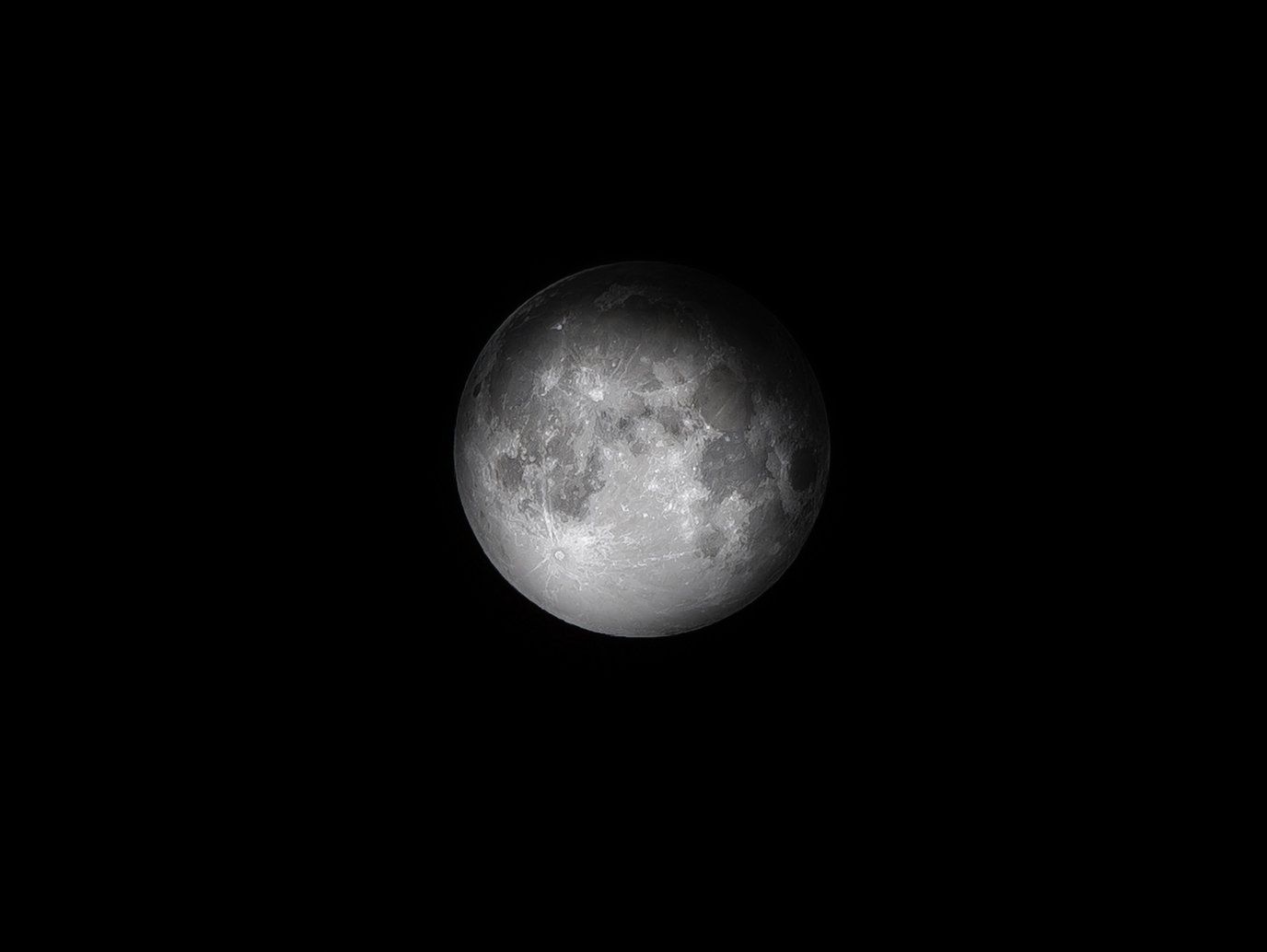
How will lunar mining be governed in future? (Image: Pexels)
As Artemis heads off, the rules are still not set
Much is to be celebrated about this ongoing success in our quest in new space, but the success is that of technological innovation. Comprehensive, internationally agreed rules governing activities in outer space are yet to be established. Furthermore, the deepening divide and scepticism between the US, China and Russia mean that any form of universal cooperation in space is not going to be easy to achieve, yet it is perhaps the most important thing in maintaining peace.
The McGill Manual on International Law Applicable to Military Uses of Outer Space was recently published, and attempts to create guidance on existing international law through the publication of their 52 rules. Whilst the manual may serve is an important tool for nations and industries to navigate their way through complex legal matters, they are still based upon existing international law, which could be argued as not being sufficient enough to govern activities such as resource extraction. The Artemis Accords does allow for “exclusion zones” to allow for safe activities on the Moon, but Michelle Hanlon, Professor of Air and Space Law, University of Mississippi, writes that “The very concept of these zones violates the plain meaning and intent of Article II of the Outer Space Treaty.” (The Conversation, 23 August 2022)
Also, major space nations, such as China and Russia, are not signature to the Artemis Accords, and there’s concern about what an “exclusion zone” may entail. Are these zones designed to enforce safety and protect historical sites, or are they designed to encircle areas for resource extraction? The adversaries of the US could be concerned by the latter. Also, does international law (namely the OST 1967) allow for appropriation of resources by nations, or just prohibit appropriation of territory? It’s evident that international law must be updated.
Hanlon does also highlight a possible solution, coming as an outcome of the recent meeting of the UN Committee on Peaceful Uses of Outer Space. In June the UN formed the Working Group on Legal Aspects of Space Resource Activities, with at least Luxembourg expressing an “…interest in promoting safety zones”. The task of finding common ground in relation to safety zones and resource extraction will not be easy, but is perhaps the most important we have to address.
The Artemis launch will prove to be a curtain raiser in the history of space exploration, but it’s perhaps also symbolic of the changing face of the space industry; new and bigger goals, new leaders and increasing competition. Hopefully it will also mark the time in our history when we established new ways of managing our future, in order for it to be a success for all humankind. Only with such agreements in place, a peaceful future in space can be guaranteed.
Share this article
External Links
This Week
*News articles posted here are not property of ANASDA GmbH and belong to their respected owners. Postings here are external links only.
























